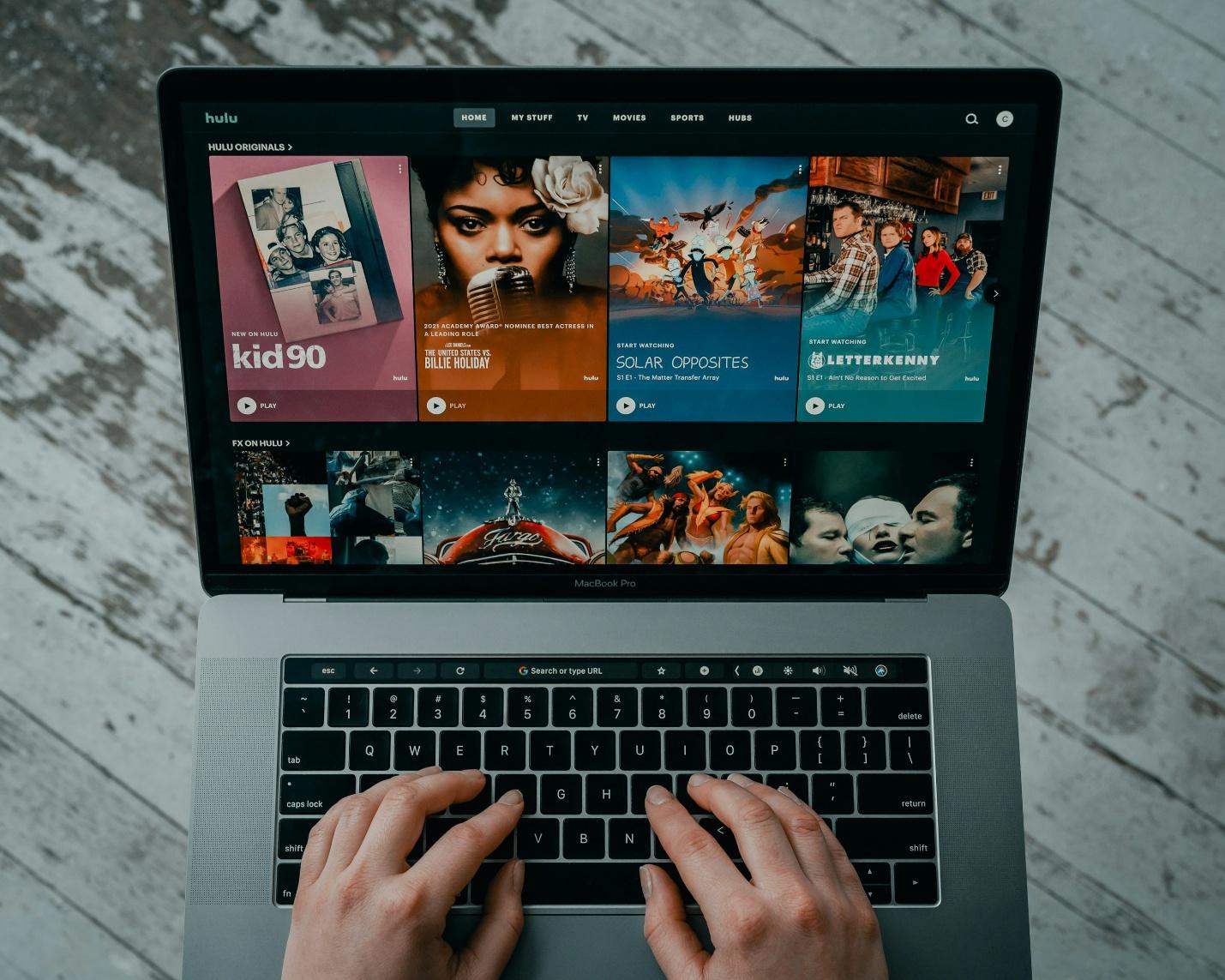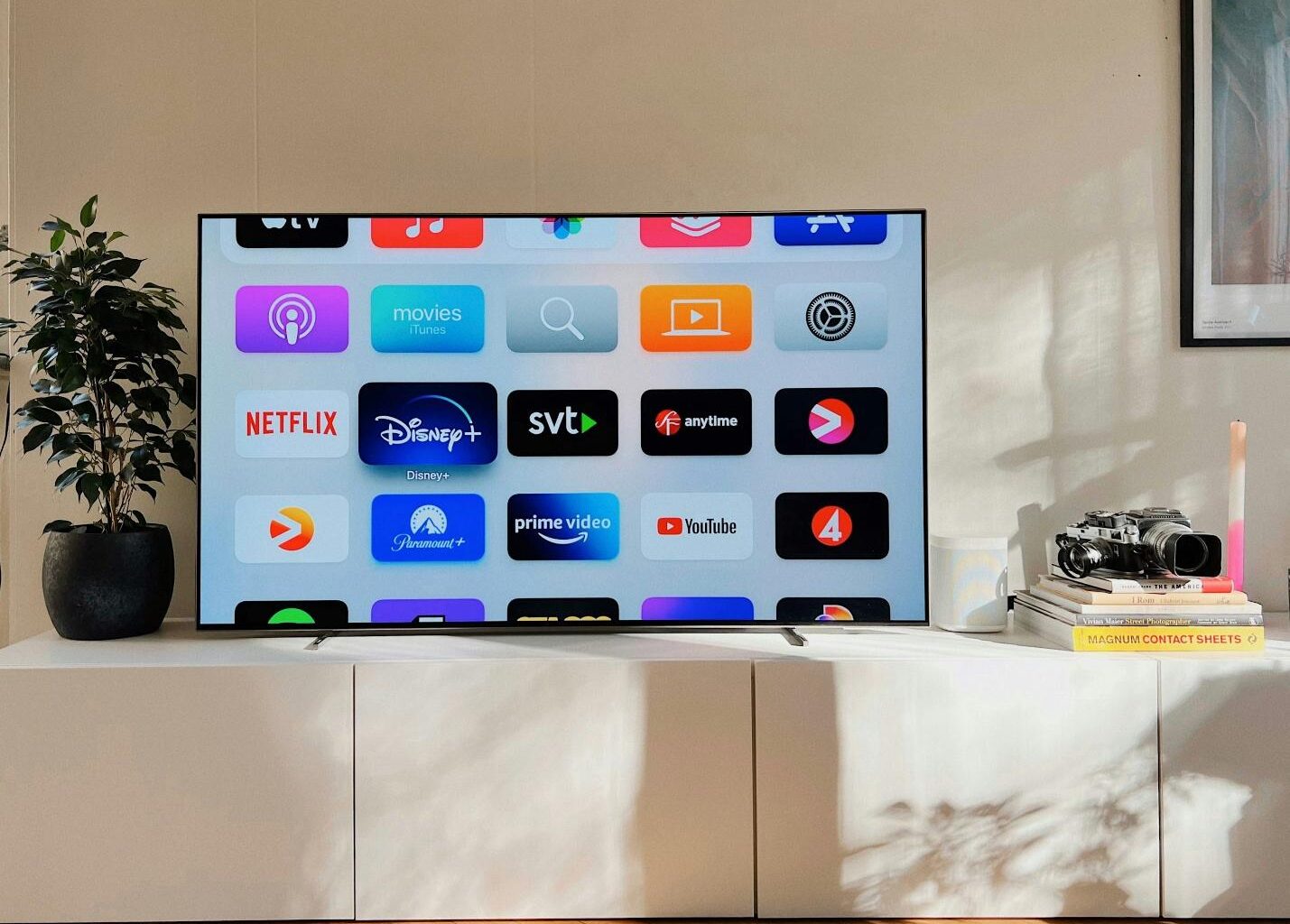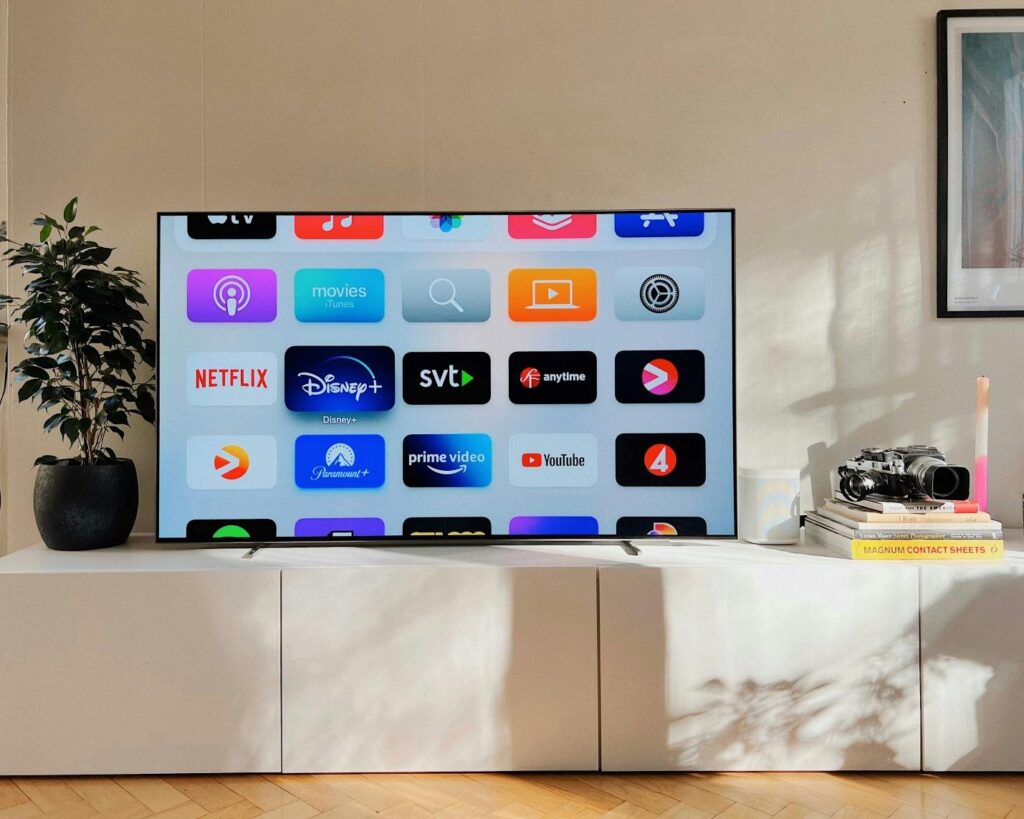Image source: https://unsplash.com/photos/a-flat-screen-tv-sitting-on-top-of-a-white-cabinet-Sd87V72cJEU
Streaming videos has currently superseded all other means of viewing, and this is generally done by a tap using the phone, which makes it feasible to obtain large libraries of entertainment. It’s convenient and inexpensive compared to cable, and can be tailored to your taste.
However intuitive streaming may be, it hardly comes without risks. Many of its users completely forget about unsafe platforms, unsecured networks, or even malicious scripts that put their personal data at horrendous risk. This means that to fully reap the convenience of streamlining, one must wrap one’s head around these underlying threats and learn how to keep safe.
Understanding the Hidden Risks of Online Entertainment
Whatever online entertainment you choose, it is extremely important not to forget about your own safety. One emerging threat is fileless malware, which is a type of attack that runs directly in system memory rather than through traditional infected files. Unlike common malware, it doesn’t rely on downloads or attachments, making it much harder to detect. Instead, fileless malware hijacks trusted tools and processes already running on a device. Because many streaming platforms rely on scripts, ads, or third-party plugins, visiting unsafe or unverified sites can quietly open the door to this kind of attack. For readers who want practical guidance, resources such as Moonlock break down how these threats work.
Fileless attacks highlight why it’s important to stick to secure streaming services, keep browsers updated, and practice safe online habits. With stronger protections in place, users can enjoy their favorite shows, movies, and live broadcasts without putting their devices or personal data at risk.
Use Trusted Streaming Platforms
Stick with licensed providers like Netflix, Disney+, or Crunchyroll for secure video streaming. Official platforms check their apps, use of HTTPS, and fix security patches fast. Illegal streaming sites have been linked to big malvertising drives that put info-stealers on visitors’ devices, with Microsoft tracking one wave that hit close to a million devices. Industry data also shows sudden jumps in bad ad action all over the web, raising risks on dodgy sites.
Stay away from unpaid, unverified sites that host pirated content or dubious ads. Users of piracy streaming platforms are significantly more likely to experience credit card fraud. Police raids have already taken down large illegal streaming infrastructures catering to millions, proving the criminal elements involved. Always use reputable services and official app stores for much less risk of scams and malware.
Secure Your Connection
A safe stream starts with securing the network path. This is done using a few good habits, including a reliable VPN and always insisting on HTTPS to lower exposure to snooping, tampering, and tracking one’s location.
Use a VPN
What a VPN does is hide your IP address from sites and encrypt traffic between your device and the VPN server. In this way, it works on hotel, café, and airport Wi-Fi, where attackers may be watching unencrypted traffic. Choose a provider you trust, as a VPN shifts the trust from your ISP to the VPN itself.
Use it over public networks when streaming or while traveling. VPNs and secure websites are also recommended by the government and security experts over untrusted Wi-Fi.
Enable HTTPS
Always stream and sign in only over HTTPS. It provides encryption of data in transit, which thwarts simple interception and tampering on shared networks. Most major platforms have HTTPS on by default, but still look up at the address bar before typing in any sensitive information.
Don’t rely only on a padlock icon. Chrome replaced it with a “tune” icon because HTTPS is now expected; verify the URL begins with https:// and review site settings when in doubt.
Protect Your Devices

Image source: https://unsplash.com/photos/macbook-pro-on-white-table-PGuCnUzsRSM
If you want to stream videos online, know that a secure one relies on a hardened device. Update your system, browser, and apps. Use real-time protection. These will patch known vulnerabilities and prevent threats.
Keep Software Updated
Regular updates patch security flaws that attackers exploit. Turn on automatic updates for your operating system, browser, media apps, and extensions so fixes arrive without delay. This simple habit removes known vulnerabilities and reduces risk while you watch.
Use Antivirus and Firewalls
Install a reputable antivirus and keep it updated. It will be able to detect, quarantine, and remove any malware that gets into your system through malvertising or drive-by downloads. You should also run an active firewall to block unwanted network traffic. Windows comes with Virus & threat protection and Microsoft Defender Firewall, and macOS has a built-in application firewall that you can turn on in the settings.
Be Smart with Accounts and Access
Our streaming accounts are a prime target. The more complex, uniquely authenticating, and multi-verified we make it, the more we at least stall incidents of account takeovers.
Using Strong Passwords
Do not reuse the same password for multiple services. The longer yet memorable passphrases are excellent, especially if you switch on a password manager to create and retain unique logins for every account that you have. Length equals strength, according to consumer advice, which recommends long and unique passwords as a simple deterrent.
Activate Two-Factor Authentication
Many people want secure live streaming, but get lazy when it comes to activating 2FA. Add a second step at sign-in. Most of the MFA/2SV account-takeover attempts are stopped, according to studies; Microsoft’s latest figures put this above 99%, and Google finds it incredibly effective, even for basic methods. Prefer app prompts or security keys over SMS when possible.
Lock Down Smart TVs and Streaming Sticks
Streaming devices are basically miniature computers and should be treated as such. Keep them updated, minimize installs, and keep them isolated on your network to reduce risk. Follow these steps:
Keep firmware up-to-date: Turn on automatic updating. Also update manually (Roku: Settings → System → Software update → Check now. On Fire TV: Settings → My Fire TV/Device & software → About → Check for System Update).
Secure your account: Use a unique password and, wherever possible, activate 2FA.
Don’t sideload: All apps should be installed from official stores without turning on Developer Options/ADB over Wi-Fi on Android TV devices.
Segment: Put TVs and streaming sticks on a separate SSID/guest network so that you segment your network and contain any lateral movement if one device is compromised.
Final Thoughts
Streaming isn’t just convenient; it’s safer when you take a few smart steps. Make sure your platform is trusted, your connection is HTTPS, and your VPN is up-to-date. Run your antivirus and firewall, use strong passwords, and turn on 2FA. Lock down smart TVs and sticks with updates, official apps, and a separate network.
Make video streaming security your new normal. Be on the lookout for sneaky threats, such as fileless attacks, and stay away from shady sites or links. Little changes do add up, so add one or two today and go from there. Have your shows while staying private.
Author’s Bio
Scott Roberts
Scott Roberts covers consumer technology, privacy, and the intertwining of streaming culture with cybersecurity. His writing turns complex concepts like malvertising, fileless strikes, and account takeovers into simple steps that fit everyday viewing. When not testing settings on smart TVs, browsers, and game systems, he looks at how design picks and defaults affect safer habits online.


